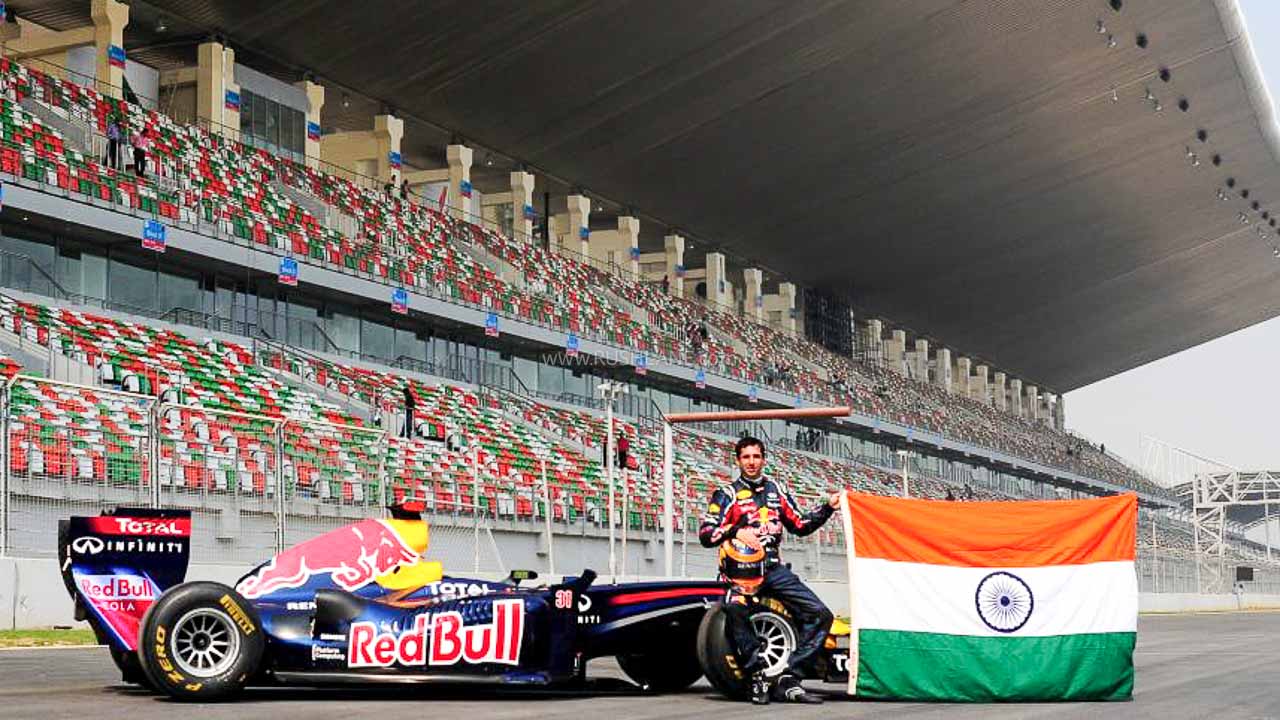Search This Blog
Sports Info Centre, your ultimate destination for everything sports! Whether you're a fan of traditional sports or passionate about the growing world of eSports, we’ve got you covered. Our platform is dedicated to providing you with the latest news, in-depth analyses, and updates from the world of sports, ranging from football, cricket, basketball, and tennis to the rapidly evolving eSports arena.
Featured
- Get link
- X
- Other Apps
The Rise and Fall of F1 in India: A Story of Speed and Disappointment
The Rise and Fall of F1 in India: A Tale of Speed and Unfulfilled Expectations
Formula 1 (F1), the pinnacle of motorsport, made its debut in India in 2011 with the Indian Grand Prix. The event was held at the Buddh International Circuit in Greater Noida, Uttar Pradesh, and was touted as a major milestone in Indian motorsport. However, despite its promising start, F1 in India has faced numerous challenges, leading to its eventual decline. In this article, we will explore the history of F1 in India, its impact on the country, and the reasons behind its decline.
A Brief History of F1 in India
The Indian Grand Prix was first held in 2011, with the inaugural event won by Sebastian Vettel. The race was a huge success, attracting a large crowd and generating significant interest in the sport. The event was held annually until 2013, with the last race won by Vettel again.
The Impact of F1 in India
F1's arrival in India had a significant impact on the country, both economically and socially. The event:
Generated Revenue: The Indian Grand Prix generated significant revenue for the local economy, with estimates suggesting that the event brought in over $100 million in revenue each year.
Promoted Tourism: The event helped promote tourism in India, with the Buddh International Circuit becoming a popular destination for motorsport enthusiasts.
Inspired Young Drivers: F1's presence in India inspired a new generation of young drivers, with several Indian drivers competing in junior formulae and karting championships.
The Decline of F1 in India
Despite its promising start, F1 in India faced several challenges, leading to its eventual decline. The main reasons for this decline include:
Tax Disputes: The Indian government and the F1 organizers, Formula One Management (FOM), were involved in a tax dispute, which led to the event's cancellation in 2014.
Lack of Government Support: The Indian government failed to provide adequate support for the event, leading to a lack of investment in the circuit and surrounding infrastructure.
Competition from Other Sports: The rise of other sports, such as cricket and football, drew attention and resources away from F1.
Efforts to Revive F1 in India
Despite the decline of F1 in India, efforts are being made to revive the sport. The Indian government has expressed interest in hosting the event again, and the FOM has indicated its willingness to return to India. However, several challenges need to be addressed before the event can be revived, including:
Tax Issues: The tax dispute between the Indian government and the FOM needs to be resolved.
Investment in Infrastructure: The Buddh International Circuit and surrounding infrastructure need significant investment to meet F1's high standards.
Government Support: The Indian government needs to provide adequate support for the event, including financial backing and logistical assistance.
The Present Day
Today, F1 in India is at a crossroads. While there are efforts to revive the sport, several challenges need to be addressed before the event can be held again. The Indian government and the FOM are in talks to resolve the tax dispute, and there are plans to upgrade the Buddh International Circuit.
The Drivers
Indian drivers have made a significant impact in F1, with Narain Karthikeyan and Karun Chandhok competing in the sport. However, the lack of a strong Indian team and the decline of the sport in the country have limited opportunities for Indian drivers.
The Market
The Indian F1 market is small but growing. The event attracted significant sponsorship and viewership during its initial years, but the decline of the sport has impacted the market. However, with the rise of digital platforms, there is potential for F1 to reach a wider audience in India.
Income
The income generated by F1 in India is significant, with the event generating over $100 million in revenue each year during its initial years. However, the decline of the sport has impacted revenue, and the event's cancellation has resulted in a significant loss of income.
Conclusion
The story of F1 in India is one of speed and disappointment. From its promising start to its eventual decline, the sport has faced numerous challenges. However, with efforts being made to revive the sport, there is hope that F1 will return to India in the near future. With its rich history, talented drivers, and growing market, F1 has the potential to once again become a major player in Indian motorsport.
Popular Posts
Carlo Ancelotti and assistant Davide Ancelotti reportedly at odds over Real Madrid starting XI spot
- Get link
- X
- Other Apps



Comments
Post a Comment